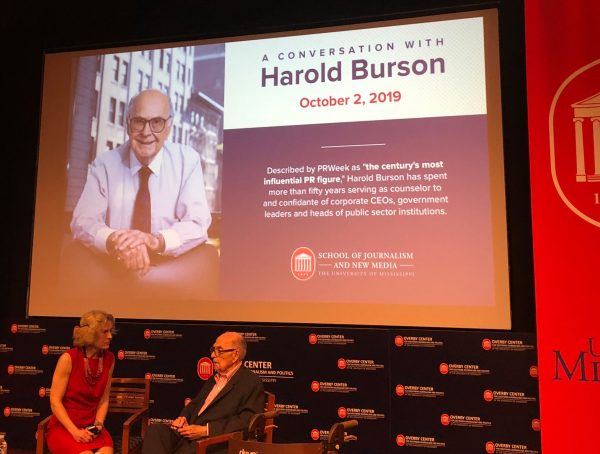 It’s easy to criticize TV and radio news. So much of it is shallow, sensational or both. It’s also easy to dismiss the criticism as uninformed, ill intentioned or both. Much of it is. But when the criticism comes from someone like Ira Glass, it might be worth paying attention.
It’s easy to criticize TV and radio news. So much of it is shallow, sensational or both. It’s also easy to dismiss the criticism as uninformed, ill intentioned or both. Much of it is. But when the criticism comes from someone like Ira Glass, it might be worth paying attention.
Glass is the host of This American Life, now in its 15th year on public radio. The show is admittedly something of an acquired taste. But as American Journalism Review once said, the program airs “stories that are changing what we think stories are.” And Glass is not impressed by most of the stories he sees and hears on the news.
“Part of the job of journalism is not to describe what’s new, but to describe what is,” Glass recently told an audience in Seattle. “The world they describe is so much smaller than the real world.”
Glass says his goal is to add fun, joyfulness and surprise to stories, something he says never happens in broadcast journalism, which he called “a failure of craft.”
I’d say “never” is much too strong a word. Steve Hartman’s stories for CBS are built around surprises, like this piece:
But Glass is absolutely right that surprise is too often missing in broadcast news. The late journalist Alistair Cooke once said: “To write a dull sentence, a sentence without suspense, a sentence that doesn’t make you want to know what is coming next—that is the only gross incompetence in broadcasting.”
Think about it. Does your intro or lead tell almost everything there is to know about your story? Imagine if Hartman’s story started this way: “In a surprising development at an animal sanctuary, an elephant and a dog have become best friends.” Why would anyone stay tuned for the rest?









2 Comments
I agree that the common approach to writing a broadcast script is to state the main point of the story upfront so the most important information is clear to the audience.
However, this video proves broadcast reporters can still present their story clearly while delaying the main point of the story, resulting in a pleasant surprise.
I believe adding a surprise is a very effective reporting device. The surprise helps recapture the audiences’ attention so they continue to watch the full report.
Adding an element of surprise might be more challenging than opening the story with the most important facts, but it is definitely more engaging to viewers. I hope more reporters incorporate this technique into their stories when possible.
Mr Glass is totally correct that both broadcast and print news have a need to be more compelling and informative. The only disagreement I have is that it comes from a journalist who works for the most biased agenda driven news forum found in America since the downfall of Air America. I firmly beleive ones own house should be in order prior to heeding their advice.